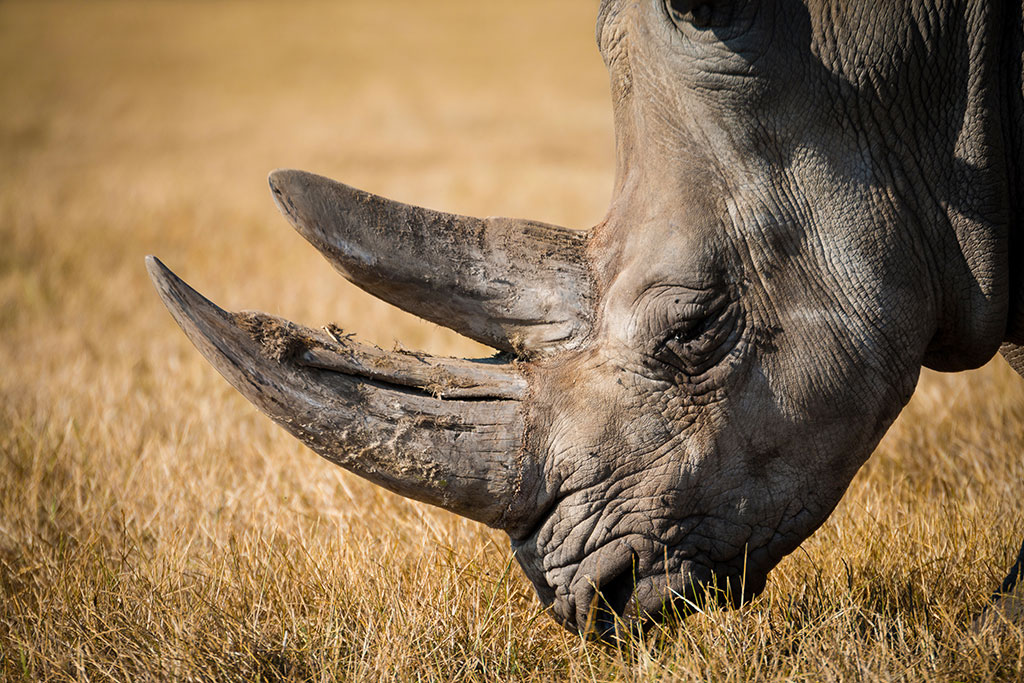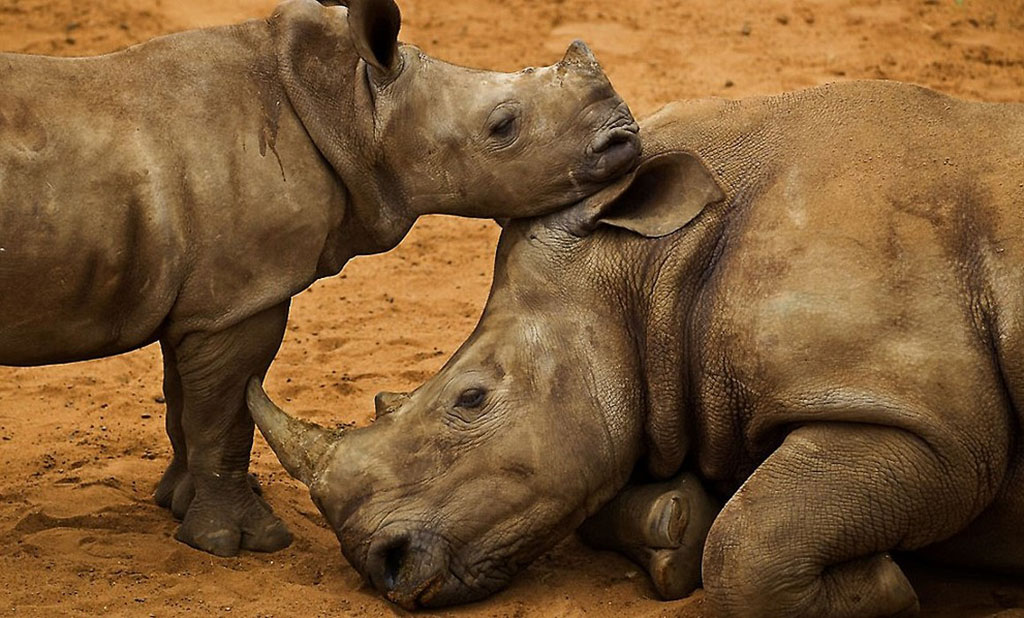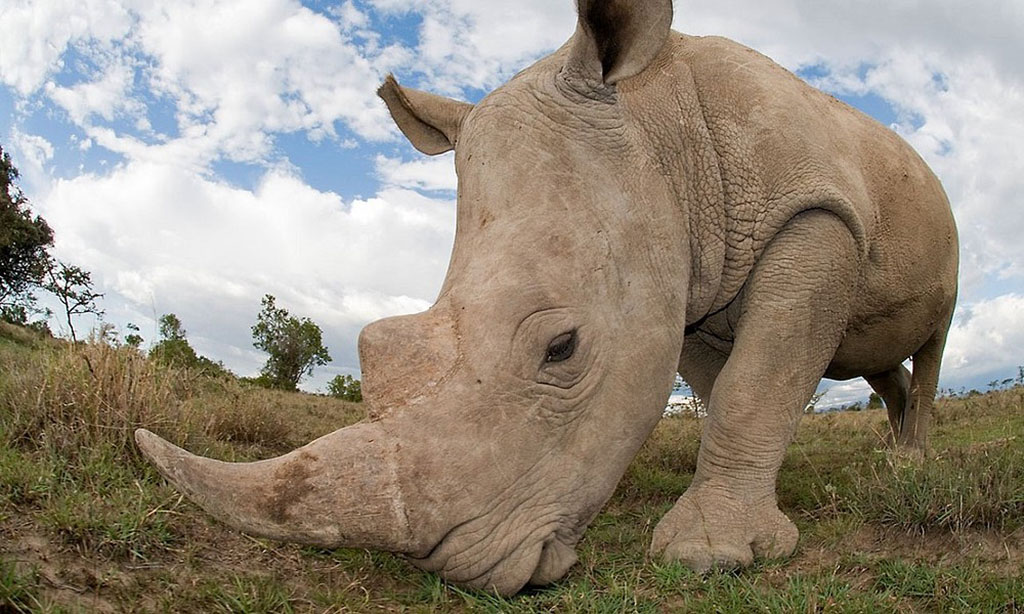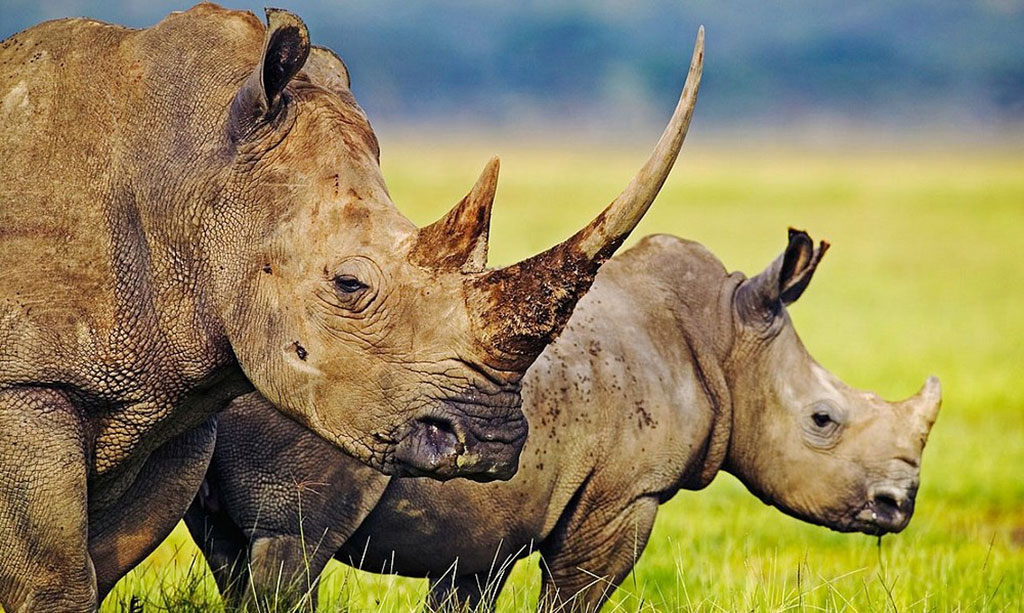Our wild rhino are a gorgeous and precious part of our natural world. WWF’s Andrea Weiss contemplates why wild rhinos matter.
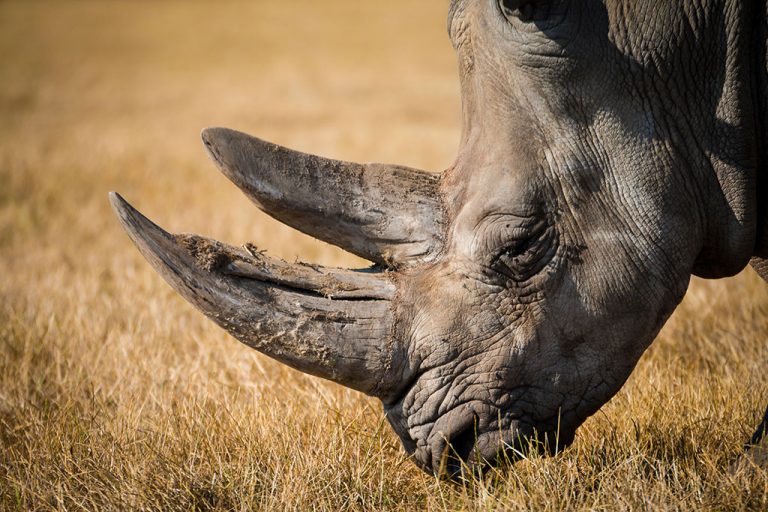
Rhinoceros Image credit: Lucas Alexander
1. They are awesome yet vulnerable
My most memorable encounter with a rhino was on the Wolhuter Wilderness Trail in the Kruger National Park. During the trail, we saw around 26 white rhinos on foot – quite remarkable considering the pressure they are under. But the one sighting that sticks in my mind was the rhino that we came to within a few metres of. It was resting in a natural hollow and our guide beckoned us to follow him to a ridge overlooking it.
My friend and I were nervous and hung back a bit, only to hear the guide’s urgent shout: “Get down, get down”. Sensing an audience, the rhino had turned and bolted right past the place we had been standing. We were lucky enough to get out of its way but who knows what might have happened had we been caught in the its path?
From that moment on, we stuck like glue to the guide and obeyed his every word. It was a salutary lesson in bush walking, but also evidence of how easy it is for poachers to creep up on these magnificent, prehistoric creatures.
2. Our economy needs them
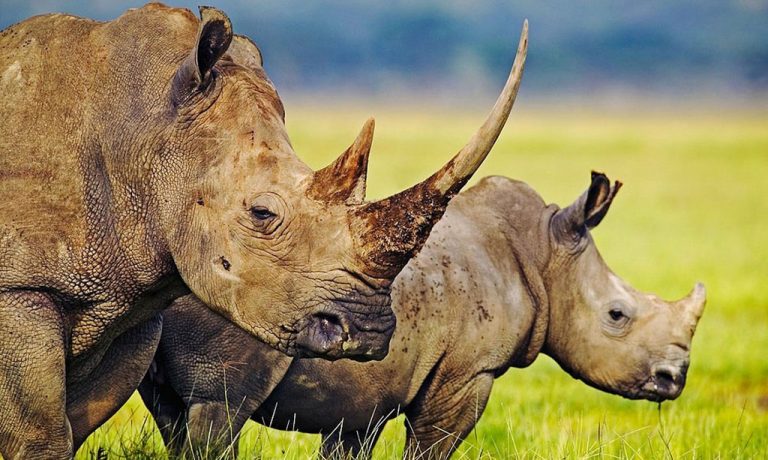
Image: supplied
The Kruger National Park attracts close to 1.8 million visitors a year, according to a recent SANParks’ report. For better or worse, many visitors have on their list sightings of the Big Five (the Big Four or Big Three just doesn’t have the same ring to it) which makes the rhino an important player. One study has even put a monetary value to a sighting of each individual member of this suite of animals.
Also read: Our top 7 campsites in Kruger
In an ideal world, the economic benefits of living close to rhinos should filter through to the estimated 2 million people who live in the proximity of the Kruger, and to some extent they do. SANParks also estimates that some 13 000 people go to work in one of their national parks or on a project managed by a national park every day of the working week. If you extend that thought a little bit further, foreign visitors don’t just stop at the safari, which means that rhinos indirectly support jobs in the tourism sector throughout the country and not only those in national parks.
3. Rhino are good for conservation in general
I am of the school of thought that there’s not much point in saving a species in isolation if it has nowhere to live. We need to save the habitats they depend on and all the richness of life that entails: From the trees the black rhino need to browse on, to the grasslands preferred by white rhinos, from the humble dung beetle to the soaring vultures that do better in large conservation areas.
Wild spaces always put me in mind of that hymn we used to sing in primary school assembly: “All things bright and beautiful, all creatures great and small”. Through their very existence, rhinos provide refuge for little creatures too.
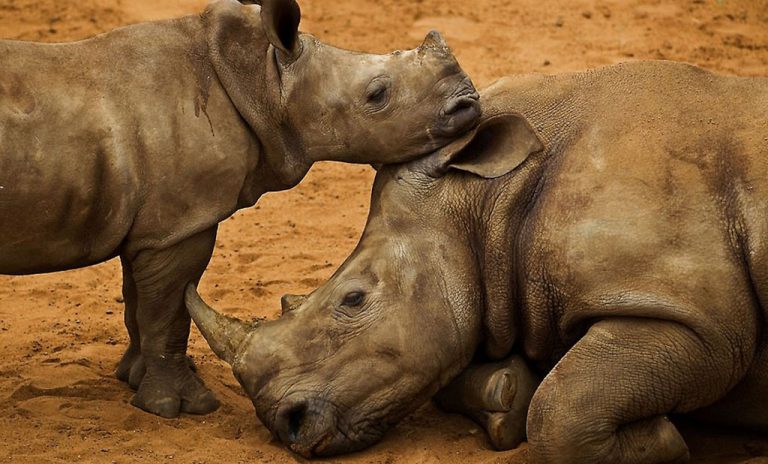
Image: supplied
4. Rhino are part of our natural heritage
It’s no coincidence that World Rhino Day and our own Heritage Day are only two days apart. People often think of heritage only in cultural terms, but our natural heritage is an important country asset. What does it say about us if we weren’t able to save one of the biggest and most impressive animals on our soil?
5. The poaching crisis is happening under our watch
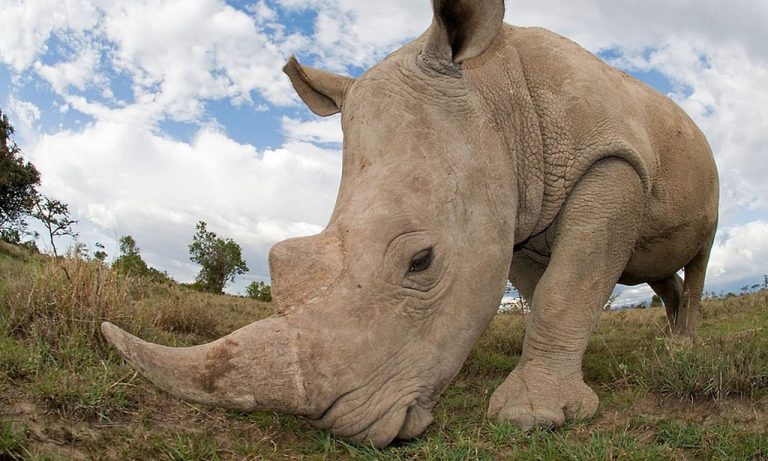
Image: supplied
It is often pointed out that 80% of Africa’s rhinos live in South Africa. This bestows on us a particular responsibility as the custodians of the last bastion of both black and white rhinos.
Many people aren’t aware of the proud conservation history South Africa plays in the rhino story – not least that the Kruger National Park was once all but depleted of rhinos and was repopulated with animals from KwaZulu-Natal. This important work continues, through projects like WWF’s Black Rhino Range Expansion Project.
My wish is that one day the consumption of rhino horn will become so passé, so ‘20th century’, that it will become unfashionable. Knowing that nature abhors a vacuum, I’m also well aware that many other species are in the crosshairs, driven by artificial demand spurred on by unscrupulous criminal syndicates. For this reason, we need to grapple with the underlying mechanisms and reasons for illegal trade rather than just focus on the product – be it rhino horn or pangolin scales.
6. Rhino need us too
The mere fact that so many people feel so strongly about rhinos means that they occupy a special place in our psyche. From the rhino monitors who track the animals on foot to the section rangers who spend their full-moon nights patrolling for poachers and the conservationists who do the scientific legwork around rhino biology – there are many, many people working to safeguard these animals.
I have only one word for them: Respect!









